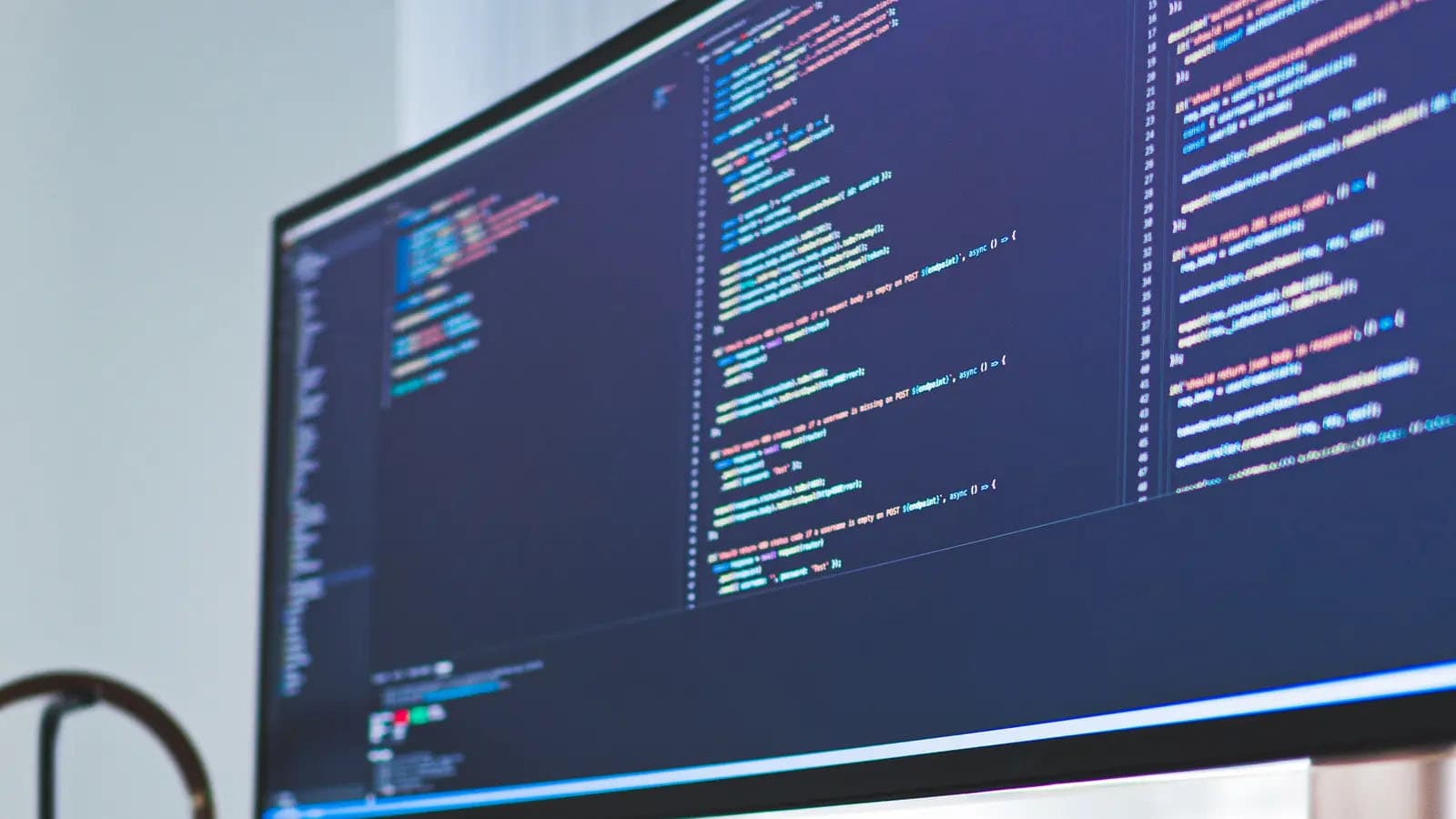How to Handle User Authentication in Laravel: A Comprehensive Guide
Have you ever wondered how to efficiently handle user authentication in a Laravel project? User authentication is a vital aspect of web development, ensuring that only authorized users can access certain parts of your application. In this article, we will explore the ins and outs of user authentication in Laravel, providing you with a step-by-step guide to implement this crucial functionality in your project.
Setting Up Laravel
Before we dive into the details of user authentication, let's first ensure that your Laravel project is set up correctly. If you haven't already installed Laravel, you can follow the official documentation on laravel.com to get started. Once your project is up and running, you're ready to implement user authentication.
Generating Authentication Scaffolding
Laravel makes it incredibly easy to set up user authentication with just one simple command. By running the following artisan command in your terminal, Laravel will generate all the necessary routes, controllers, and views for user authentication:
Bash
This command will create a basic authentication system with features such as user registration, login, and password reset. Once the scaffolding is generated, you can customize the views and functionality to suit your specific requirements.
User Model and Database Migration
In Laravel, user authentication is closely tied to the User model and the corresponding database table. The User model represents individual users in your application, while the database migration is used to define the structure of the users table. To create the User model and migration, you can run the following command:
Bash
This command will generate both the User model and its corresponding migration file. You can then define the columns you need for your users table within the migration file, such as name, email, and password. After defining the table structure, don't forget to run the migration to apply these changes to your database:
Bash
Authentication Middleware
Laravel utilizes middleware to filter HTTP requests entering your application. The auth middleware, in particular, is essential for handling user authentication. By applying the auth middleware to your routes, you can restrict access to specific endpoints to only authenticated users. Here's an example of how you can protect a route using the auth middleware:
Php
By adding the auth middleware to your routes, you can ensure that sensitive parts of your application are only accessible to users who have successfully authenticated.
Protecting Routes
In addition to using middleware, Laravel provides a concise way to protect routes using the built-in auth middleware directly in your route definition. This method allows you to restrict access to authenticated users with just a single line of code:
Php
By applying the auth middleware directly in your route declaration, you can easily secure individual routes without the need for additional middleware groups.
Customizing User Authentication
While Laravel's default authentication setup may suffice for many projects, you may find yourself needing to customize the authentication process to meet specific requirements. Laravel allows you to override and customize various aspects of authentication, from validation rules to password reset functionality.
For instance, you can modify the validation rules for user registration by overriding the validator method in the RegisterController:
Php
By customizing the validation rules in this manner, you can tailor the registration process to match your specific validation requirements.
User authentication is a fundamental aspect of web development, and Laravel streamlines the process of implementing secure authentication in your projects. By following the steps outlined in this guide, you can effectively handle user authentication in your Laravel applications, ensuring that only authorized users can access protected areas of your site.
User authentication is a crucial component of any web application, and Laravel provides you with the tools and functionality to implement robust authentication systems with ease. By leveraging Laravel's built-in features and customization options, you can create a secure and user-friendly authentication process for your users.
So go ahead and implement user authentication in your Laravel project today, and elevate the security and usability of your application like a pro!












